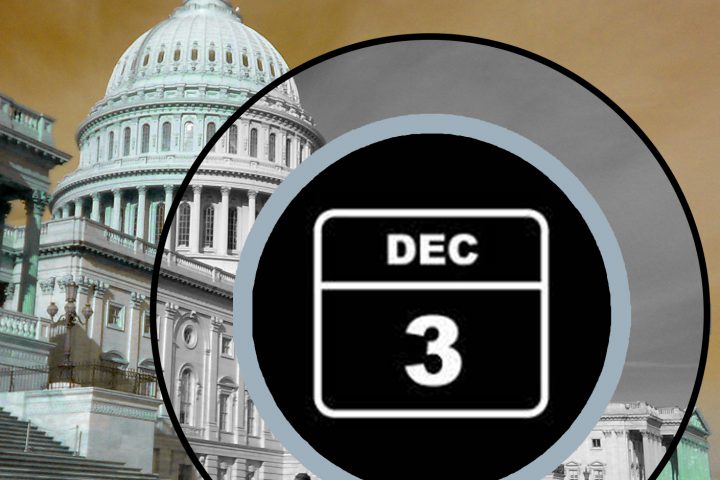Nuclear weapons issues
New bomb: The Pentagon has announced a new nuclear bomb, the B61-13. The B61-12 is now in production and will be forward deployed in Europe. But it has a dial-a-yield that maxes out at 50 kilotons. The new B61-13 will max out at 360 kt to get at hardened deeply buried targets (both have limited earth-penetrating capabilities). At one time, production of the B61-12 at least potentially signified retirement of the 1.2 megaton surface burst B83 strategic bomb, but now production of the B61-13 will probably be relatively quick at the tail end of already scheduled B61-12 production.
See: https://www.defense.gov/News/Releases/Release/Article/3571660/department-of-defense-announces-pursuit-of-b61-gravity-bomb-variant/ and https://media.defense.gov/2023/Oct/27/2003329624/-1/-1/1/B61-13-FACT-SHEET.PDF
See excellent analysis by the Federation of American Scientists:
https://fas.org/publication/biden-administration-to-build-a-new-nuclear-bomb/
Strategic Posture Review: Commissioned by Congress,
“The Commission recommends that a strategy to address the two-nuclear-peer threat [Russia and China] environment be a prerequisite for developing U.S. nuclear arms control limits for the 2027-2035 timeframe. The Commission recommends that once a strategy and its related force requirements are established, the U.S. government determine whether and how nuclear arms control limits continue to enhance U.S. security…”
Continue reading

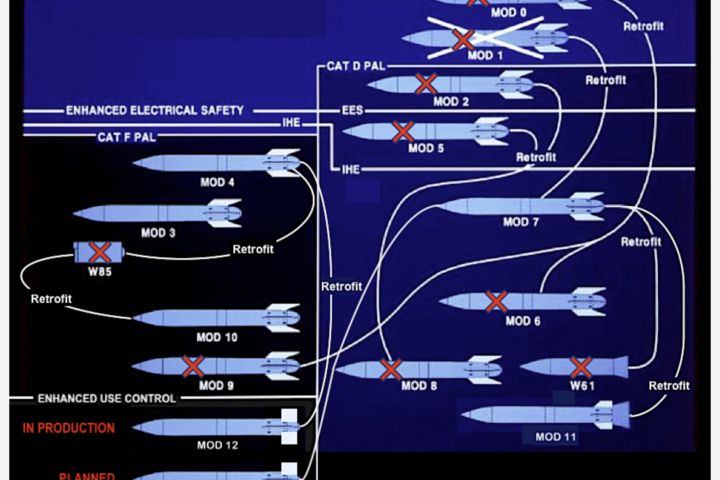
/cdn.vox-cdn.com/uploads/chorus_image/image/71550878/GettyImages_515016314a.0.jpg)
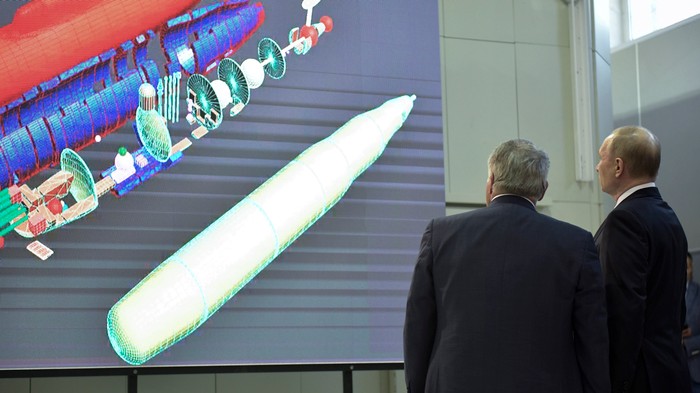
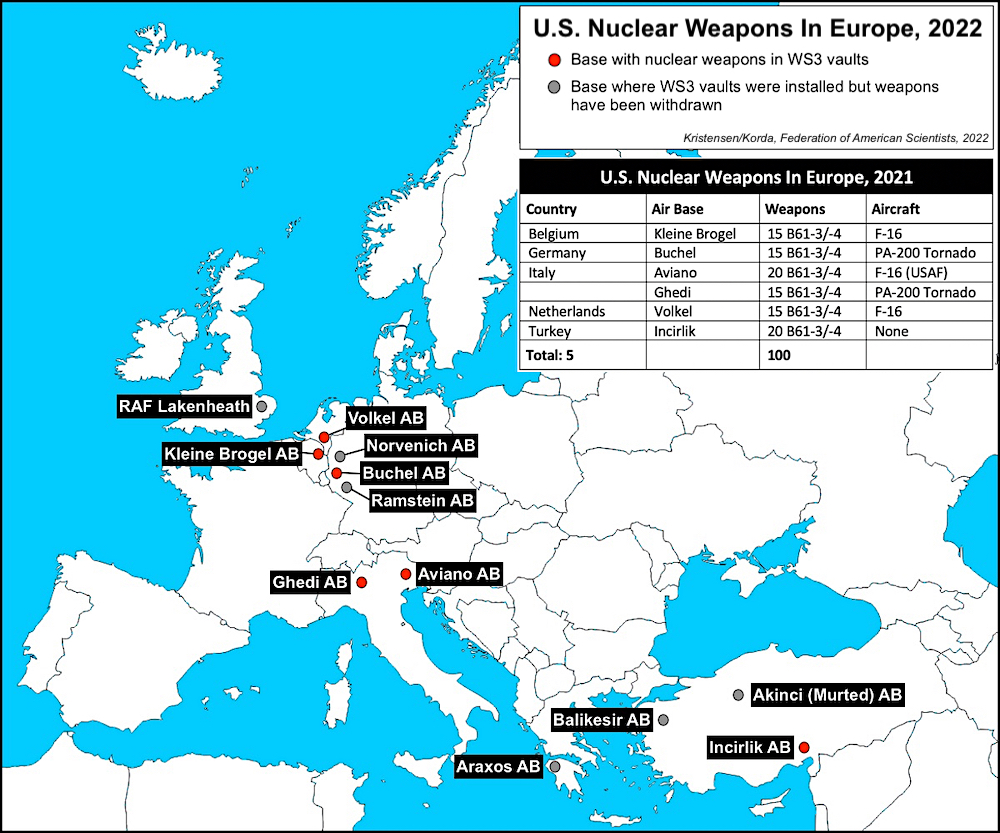
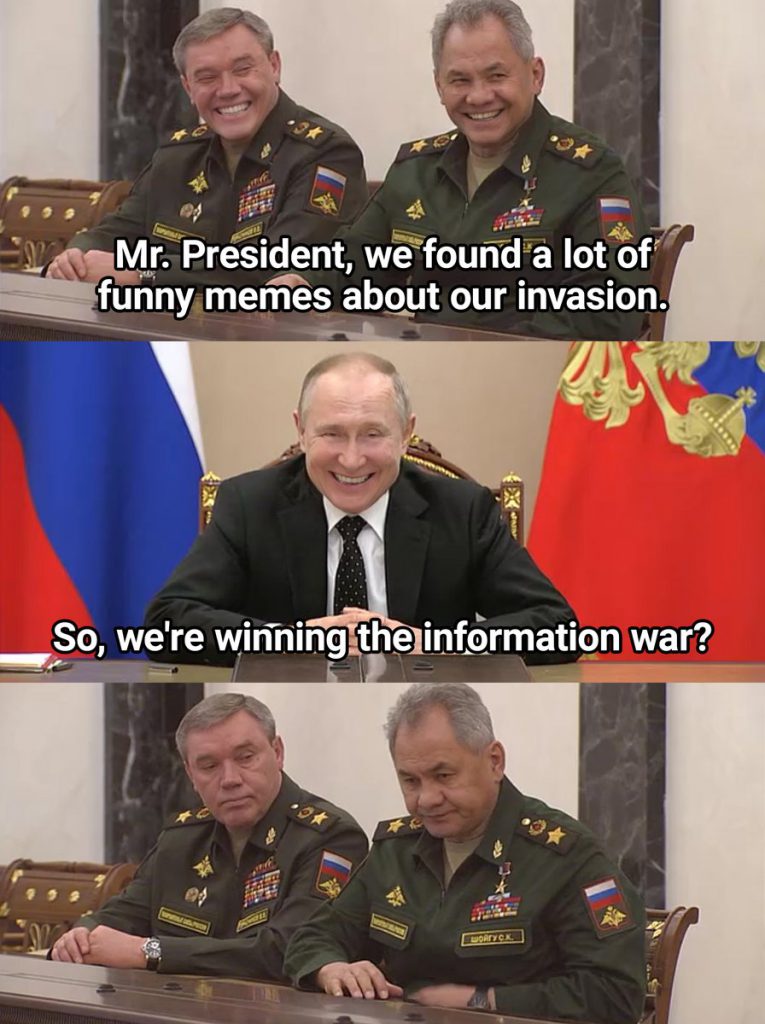 It seems like my generation has never before experienced this much nuclear fear. And what do we do with it? Laugh any way we can, for one. Putin has threatened the use of nuclear weapons by increasing Russia’s nuclear forces alertness levels and stating in a national address, “…For those who may be tempted to interfere in these developments from the outside, No matter who tries to stand in our way or all the more so create threats for our country and our people, they must know that Russia will respond immediately, and the consequences will be such as you have never seen in your entire history.”
It seems like my generation has never before experienced this much nuclear fear. And what do we do with it? Laugh any way we can, for one. Putin has threatened the use of nuclear weapons by increasing Russia’s nuclear forces alertness levels and stating in a national address, “…For those who may be tempted to interfere in these developments from the outside, No matter who tries to stand in our way or all the more so create threats for our country and our people, they must know that Russia will respond immediately, and the consequences will be such as you have never seen in your entire history.”